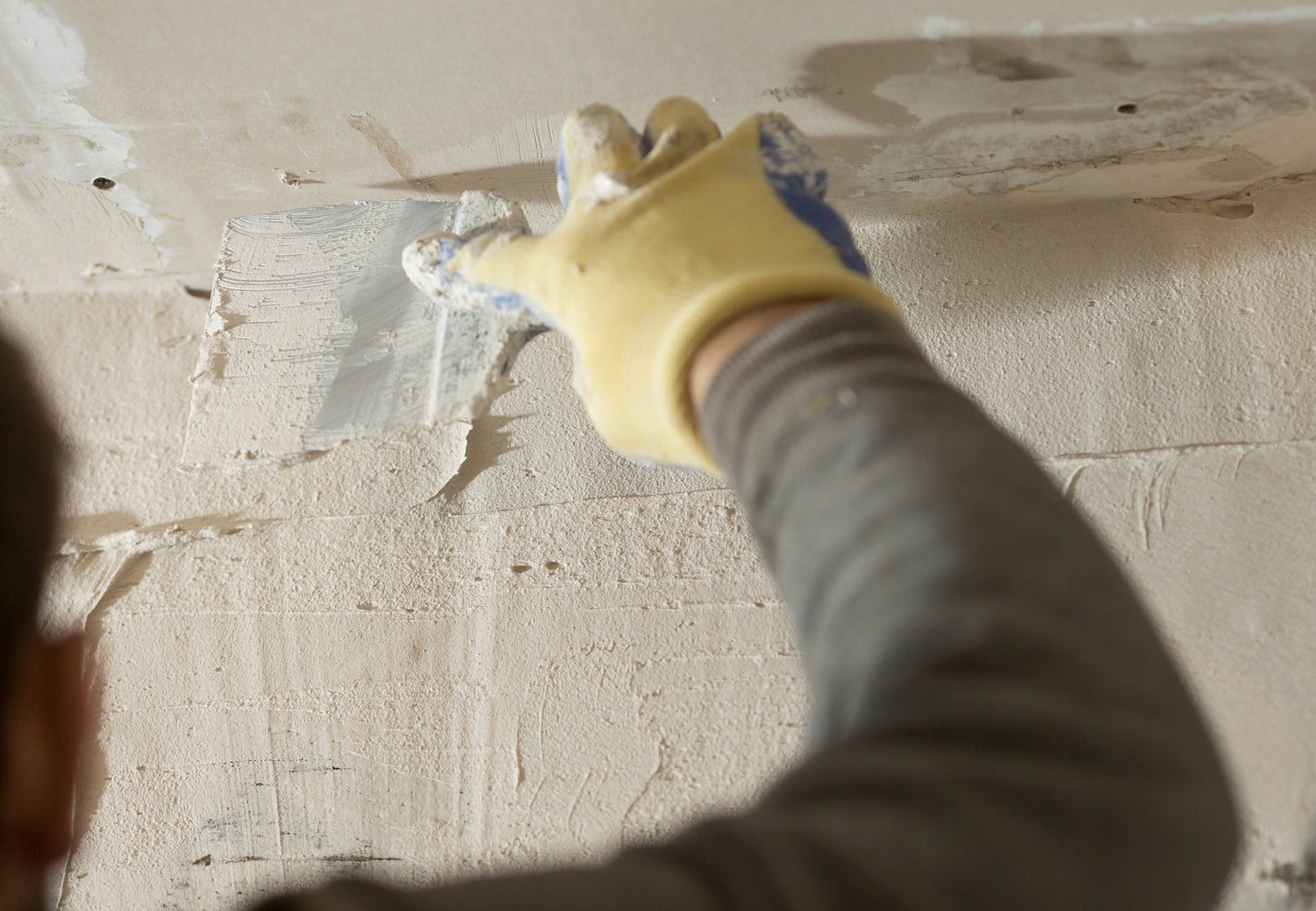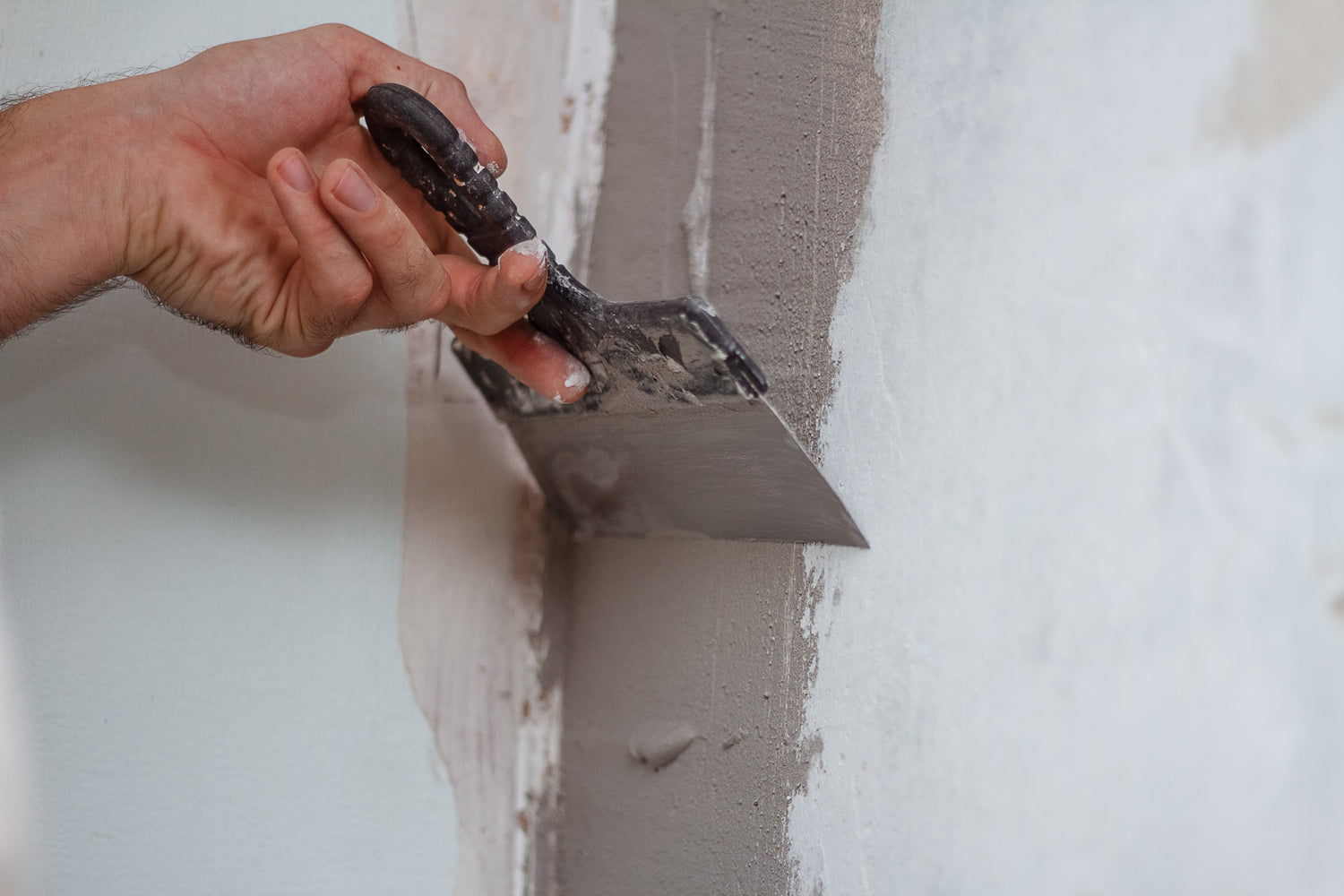
Paint stripping
Paint stripping is the process of removing old paint or coatings from a surface, typically wood, metal, or masonry. This is often done in preparation for refinishing, repainting, or restoring an item or structure to its original condition. Stripping paint can be essential for removing multiple layers of old, peeling, or damaged paint, or simply for changing the appearance of a surface.

Key Methods of Paint Stripping
There are several methods of paint stripping, each with its pros and cons depending on the surface and the desired results:
- Chemical Paint Strippers:
- Heat Guns:
- Sanding:
- Blasting (Sandblasting or Media Blasting):
- Manual Scraping:
Steps in Paint Stripping
- Preparation:
- Applying the Stripper (for chemical stripping):
- Scraping or Sanding:
- Cleaning and Neutralizing:
- Finishing:
Advantages of Paint Stripping
- Restores Surfaces: It allows the original material (wood, metal, etc.) to be restored, removing damaged or unattractive paint layers.
- Prepares for New Finishes: If you’re re-painting or refinishing, paint stripping is a crucial step in preparing the surface for better adhesion and appearance.
- Historical Preservation: Paint stripping is commonly used in restoration projects, such as historic buildings or antique furniture, where retaining the original material is important.
Conclusion
Paint stripping is an essential process for renovating or restoring a surface, whether you’re preparing a piece of furniture for refinishing or removing multiple layers of old paint. The method you choose depends on the type of surface, the amount of paint to be removed, the tools available, and the level of precision required. While it can be a challenging and messy process, it is a necessary step in many woodworking, restoration, and home improvement projects.
